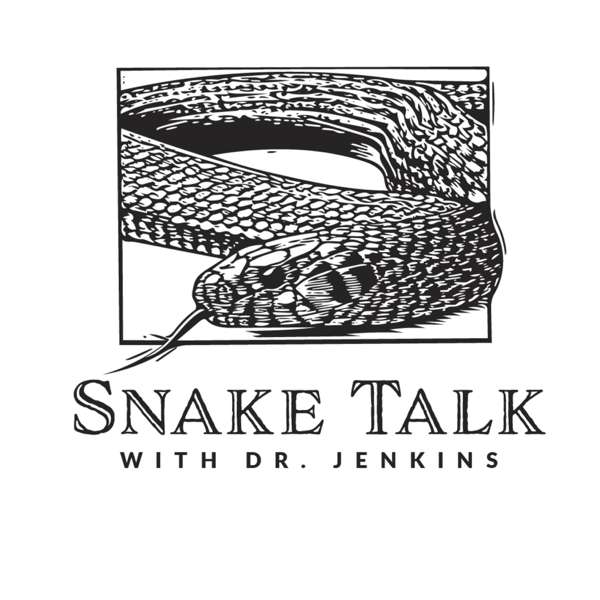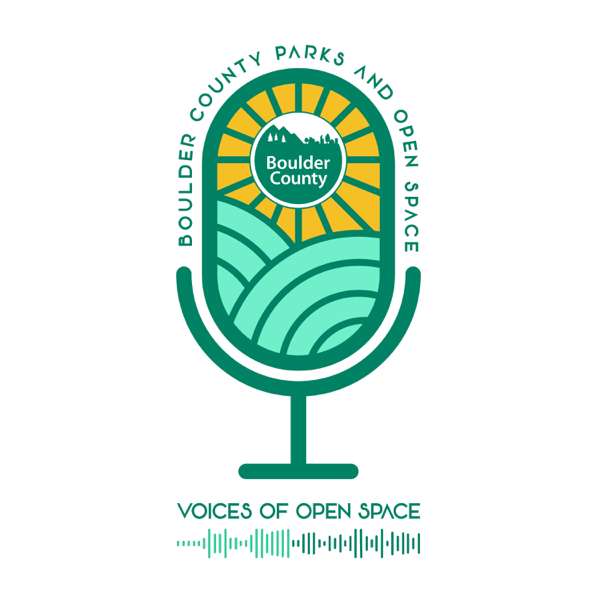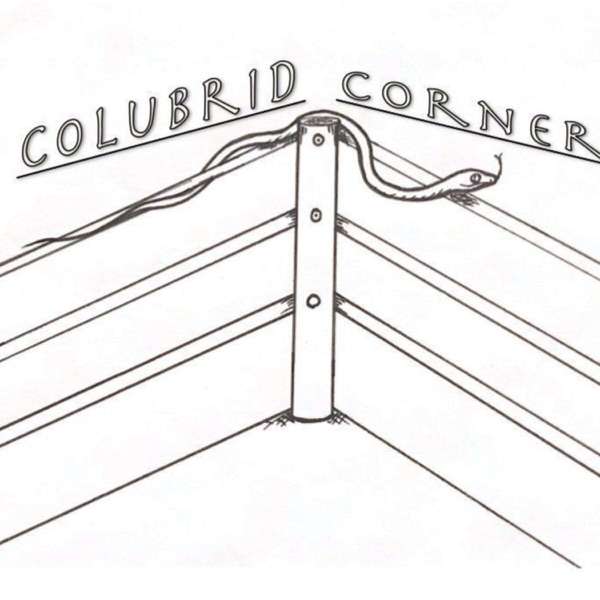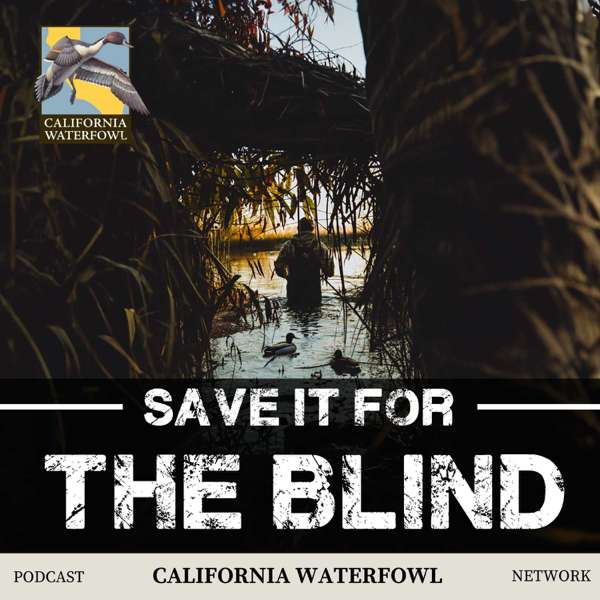There is A LOT of private land in the U.S. and that means there are A LOT of challenges and opportunities for wildlife habitat conservation there! This season, Adam and Jarred will be joining guests from across the country to admire these challenges and opportunities thoroughly. In this first episode of Season 2 of Habitat University, they set the stage for the season and discuss what some of these challenges and opportunities will look like and how they'll be exploring them in the episodes to come!
Help us improve the podcast by taking this Habitat University Listener Feedback Survey: https://purdue.ca1.qualtrics.com/jfe/form/SV_5oteinFuEzFCDmm
Resources and references mentioned in the episode:
Morgan et al. (2019) study that reports area of private land and numbers of private lands wildlife biologists in each state.
Morgan, J. J., Rhoden, C. M., White, B., & Riley, S. P. (2019). A state assessment of private lands wildlife conservation in the United States. Wildlife Society Bulletin, 43(3), 328-337. doi:https://doi.org/10.1002/wsb.997
Overview of private lands wildlife conservation in the U.S. with reference to the 71% private land ownership statistic.
Burger, L. W., Evans, K. O., McConnell, M. D., & Burger, L. M. (2019). Private lands conservation: A vision for the future. Wildlife Society Bulletin, 43(3), 398-407. doi:10.1002/wsb.1001
National Woodland Owner Survey from the U.S. Forest service with information on family forest ownership: https://www.fia.fs.fed.us/nwos/ The dashboard shows customized information for each state, including those shared in the episode: https://ffrc.shinyapps.io/NWOSdashboard/
Report on landownership statistics in Iowa.
Zhang, W. A. Plastina, and W. Sawadgo. 2018. Iowa Farmland Ownership and Tenure Survey 1982-2017: A Thirty-five Year Perspective, Iowa State University Extension and Outreach, FM 1893. https://store.extension.iastate.edu/product/6492
Macaulay study that shows the impact of wildlife associated recreation on private lands management in the U.S.
Macaulay, L. (2016). The role of wildlife-associated recreation in private land use and conservation: Providing the missing baseline. Land Use Policy, 58, 218-233. doi:https://doi.org/10.1016/j.landusepol.2016.06.024
USFWS Report showing the impacts of CRP on private lands in the northern US on breeding duck production.
Drum, R. G., Loesch, C. R., Carrlson, K. M., Doherty, K. E., & Fedy, B. C. (2015). Assessing the biological benefits of the USDA-Conservation Reserve Program (CRP) for waterfowl and grassland passerines in the Prairie Pothole Region of the United States: Spatial analyses for targeting CRP to maximize benefits for migratory birds. Final Report for USDA–FSA Agreement. https://www.fsa.usda.gov/Assets/USDA-FSA-Public/usdafiles/EPAS/PDF/drumetal2015_crp_prr_final.pdf

 Our TOPPODCAST Picks
Our TOPPODCAST Picks  Stay Connected
Stay Connected







